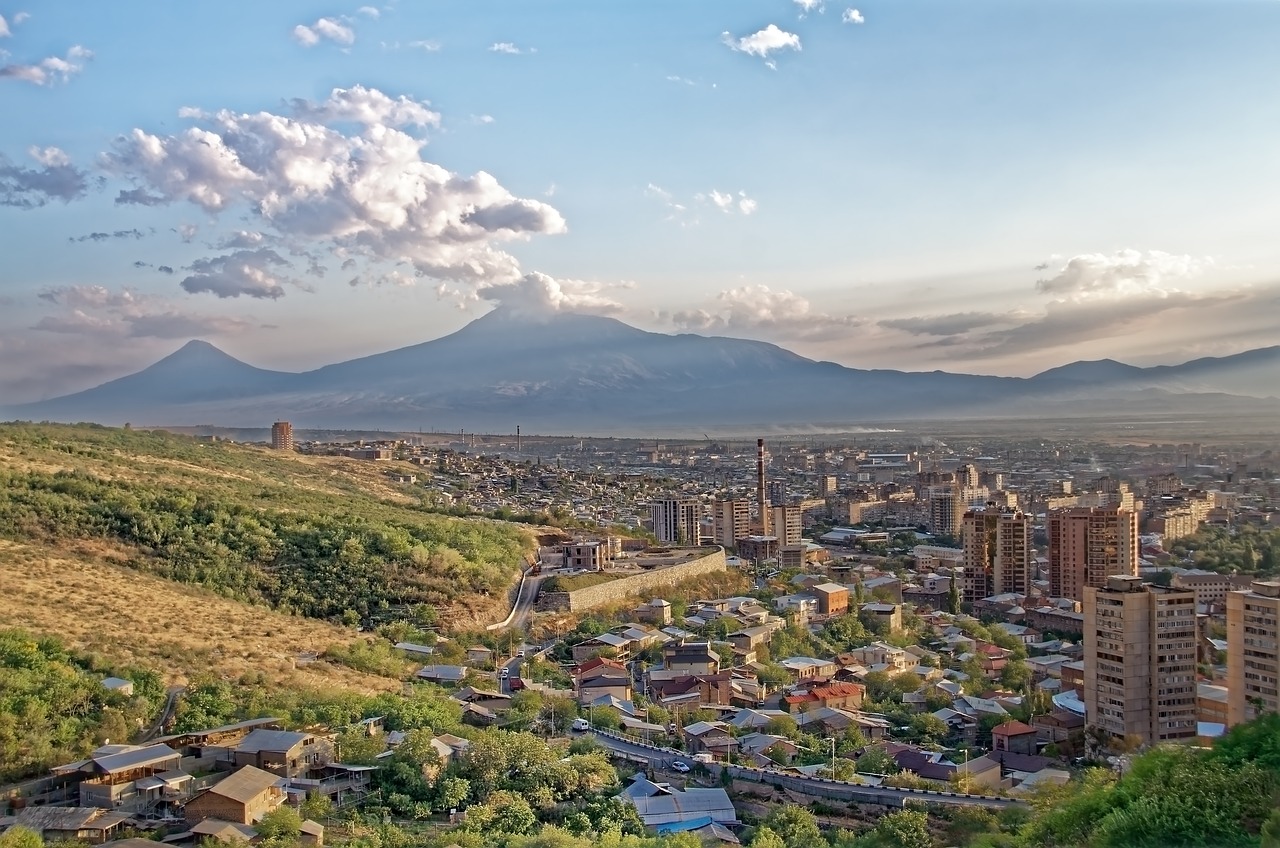Quick Bits:
Armenia, a hidden gem in the South Caucasus, offers a blend of rich history, natural beauty, and cultural wonders.Known for its ancient monasteries, rugged landscapes, and vibrant cities, Armenia attracts visitors seeking authentic experiences.Its friendly locals, affordable travel, and diverse seasons make it a unique travel destination.
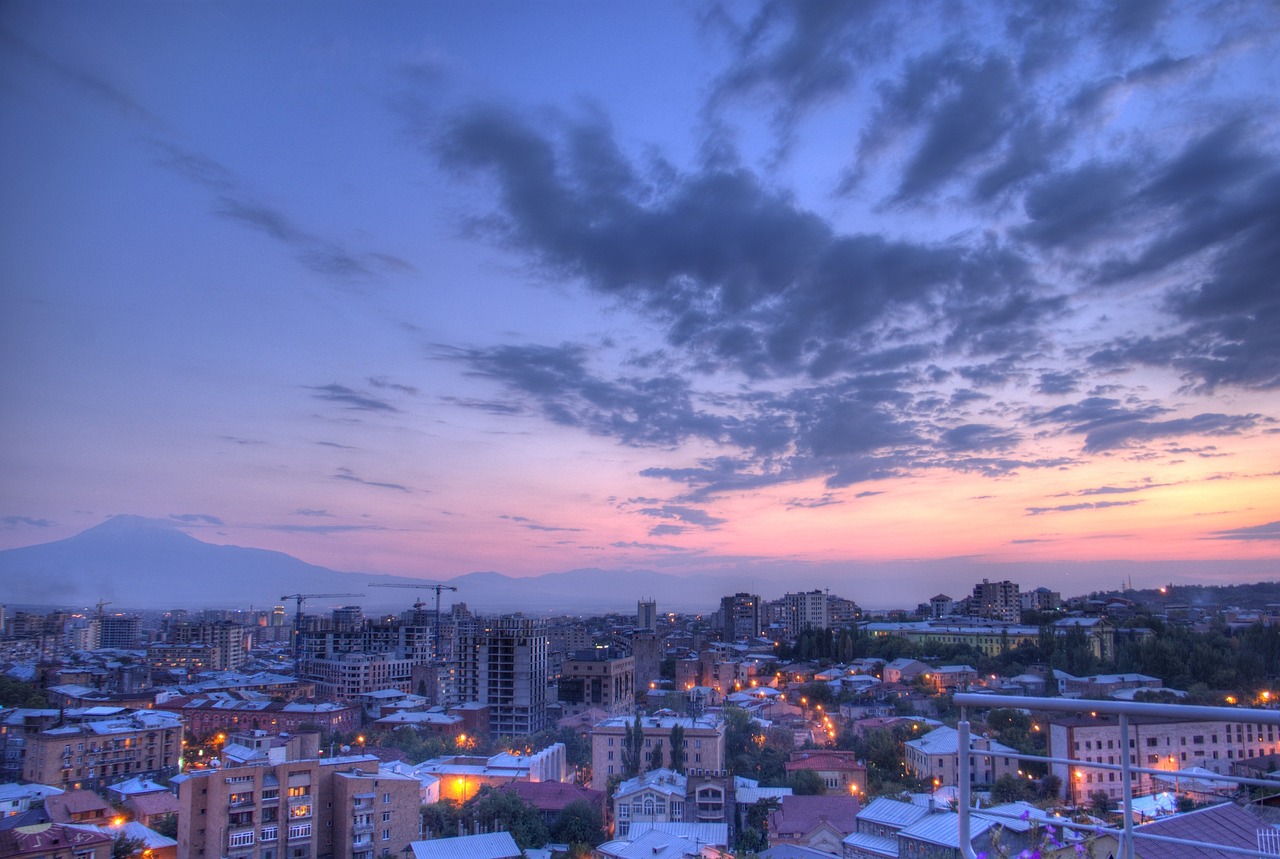
Key Highlights
- Capital City: Yerevan, one of the oldest continuously inhabited cities in the world.
- Ancient History: Home to the first Christian nation and filled with UNESCO World Heritage Sites.
- Scenic Landscapes: From Mount Ararat to Lake Sevan, Armenia’s geography is stunning.
- Rich Culture: Armenian traditions, music, and cuisine offer an immersive cultural experience.
- Unique Monasteries: Stunning monasteries like Khor Virap and Tatev, perched in breathtaking locations.
General Information
Armenia sits at the crossroads of Europe and Asia, bordered by Turkey, Georgia, Azerbaijan, and Iran. Known for being the first country to adopt Christianity as its state religion in 301 AD, Armenia has a deep spiritual heritage. Its people have a resilient spirit, surviving centuries of conquest and conflict while maintaining their traditions and identity.
Travelers to Armenia are often drawn by its history, but the natural beauty of the land makes it equally appealing. The country is compact but offers diverse landscapes, from mountainous terrain to lush forests and serene lakes. Armenia is a destination for adventurers, history buffs, and those seeking to explore off the beaten path.
The Armenian language, with its unique script, is spoken by the majority of the population, but Russian and English are also common, especially in tourist areas. The local currency is the Armenian dram, and Armenia is known for being a budget-friendly destination compared to other European countries.
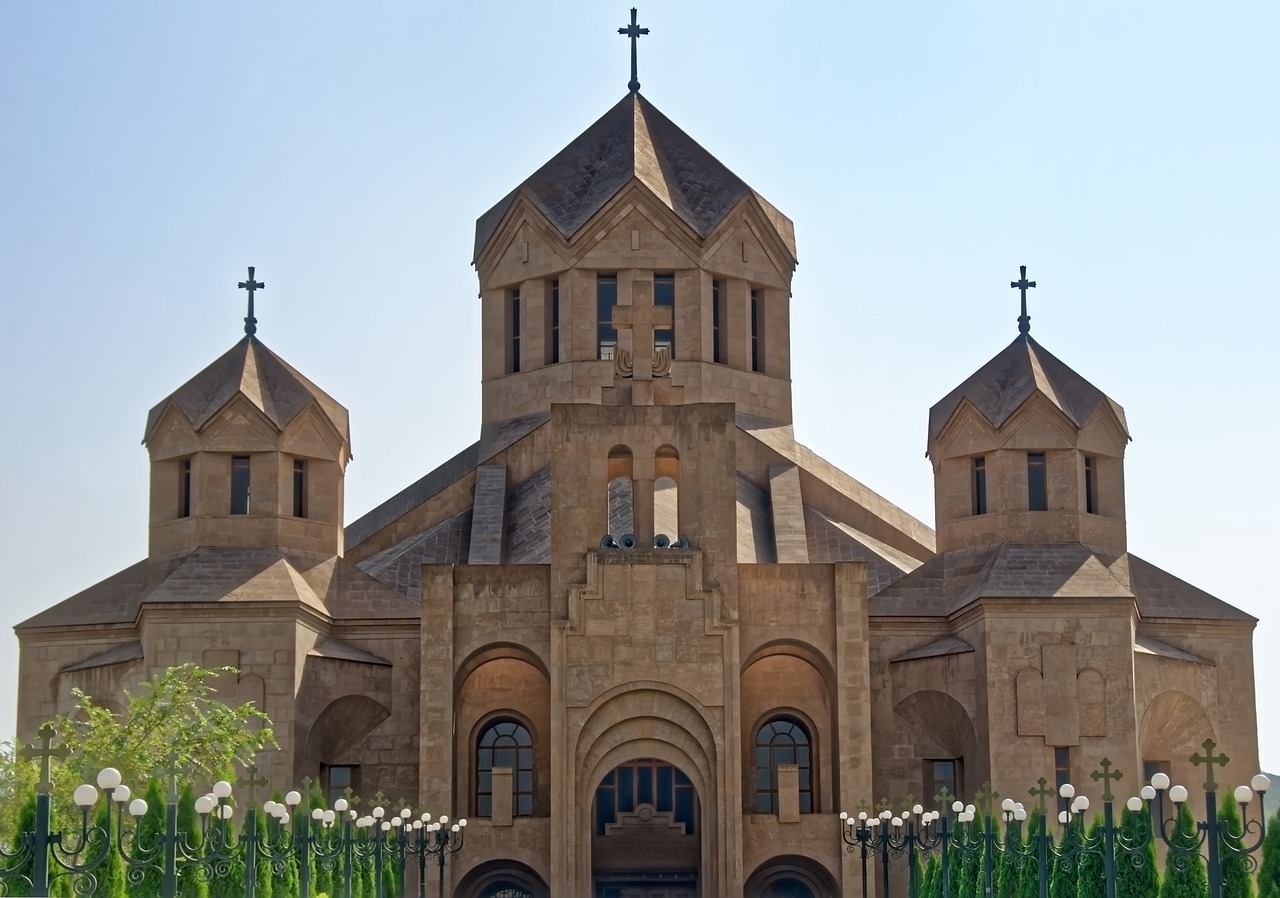
Geography Information
Armenia is a landlocked country, but its geographical diversity more than compensates for the lack of coastline. The country is part of the Caucasus region, with high mountains, valleys, rivers, and lakes shaping the landscape. The dominant mountain range is the Lesser Caucasus, where snow-capped peaks provide excellent trekking and skiing opportunities.
Mount Ararat, though now located in Turkey, is deeply symbolic for Armenians. It is visible from much of Armenia, particularly from the capital city Yerevan, and plays a key role in Armenian culture and history. The country’s highest peak, Mount Aragats, stands at 4,090 meters and is a popular destination for hikers.
Armenia’s rivers, including the Arax and Debed, are vital for the country’s agriculture. Lake Sevan, one of the largest freshwater high-altitude lakes in the world, is a major geographic highlight. Surrounded by mountains, it’s a popular summer destination for locals and tourists alike.
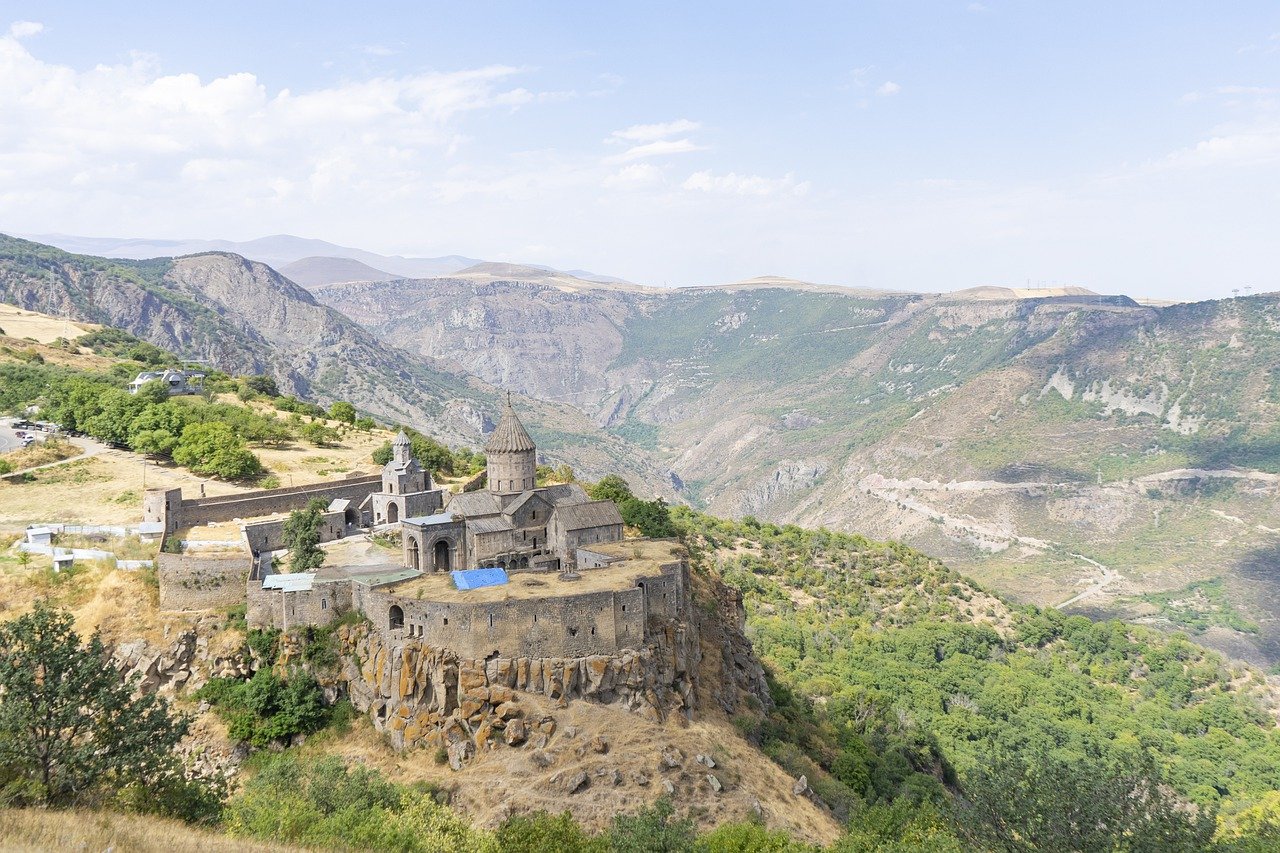
Places to Visit
- Yerevan: Armenia’s vibrant capital, Yerevan, is a blend of Soviet-era architecture and modern cafes, museums, and public squares. A must-visit is Republic Square, the heart of the city, where locals gather in the evening to enjoy the dancing fountains. For history lovers, the Armenian Genocide Museum offers deep insight into the tragic past of the country.
- Khor Virap: Located near the Turkish border, Khor Virap Monastery is one of Armenia’s most iconic landmarks. With a backdrop of the towering Mount Ararat, it is a significant religious site where Saint Gregory the Illuminator was imprisoned. The view from Khor Virap, especially at sunrise or sunset, is breathtaking.
- Tatev Monastery: Perched on a cliff overlooking the Vorotan Gorge, Tatev Monastery is a medieval architectural masterpiece. To reach Tatev, visitors can take the world’s longest reversible cableway, called the Wings of Tatev, which offers stunning views of the surrounding landscape.
- Lake Sevan: This vast alpine lake is perfect for a relaxing day out. Visitors can swim in the clear waters, hike the surrounding hills, or visit Sevanavank, a historic monastery located on a peninsula that juts into the lake. In summer, it’s a popular retreat for locals escaping the heat.
- Dilijan National Park: Nicknamed the “Armenian Switzerland,” Dilijan is a lush, forested national park known for its hiking trails, beautiful lakes, and cultural monuments like the Haghartsin and Goshavank Monasteries. The region’s cool climate and serene environment make it ideal for nature lovers.
- Garni Temple: Armenia’s only Greco-Roman structure, Garni Temple, stands as a testament to the country’s pre-Christian history. Close to the temple is the Garni Gorge, where volcanic basalt columns form a natural wonder known as the “Symphony of Stones.”
- Geghard Monastery: A UNESCO World Heritage Site, Geghard Monastery is partially carved out of the surrounding rock and is a fine example of medieval Armenian architecture. It’s believed that the lance that pierced Jesus Christ’s side was once housed here.
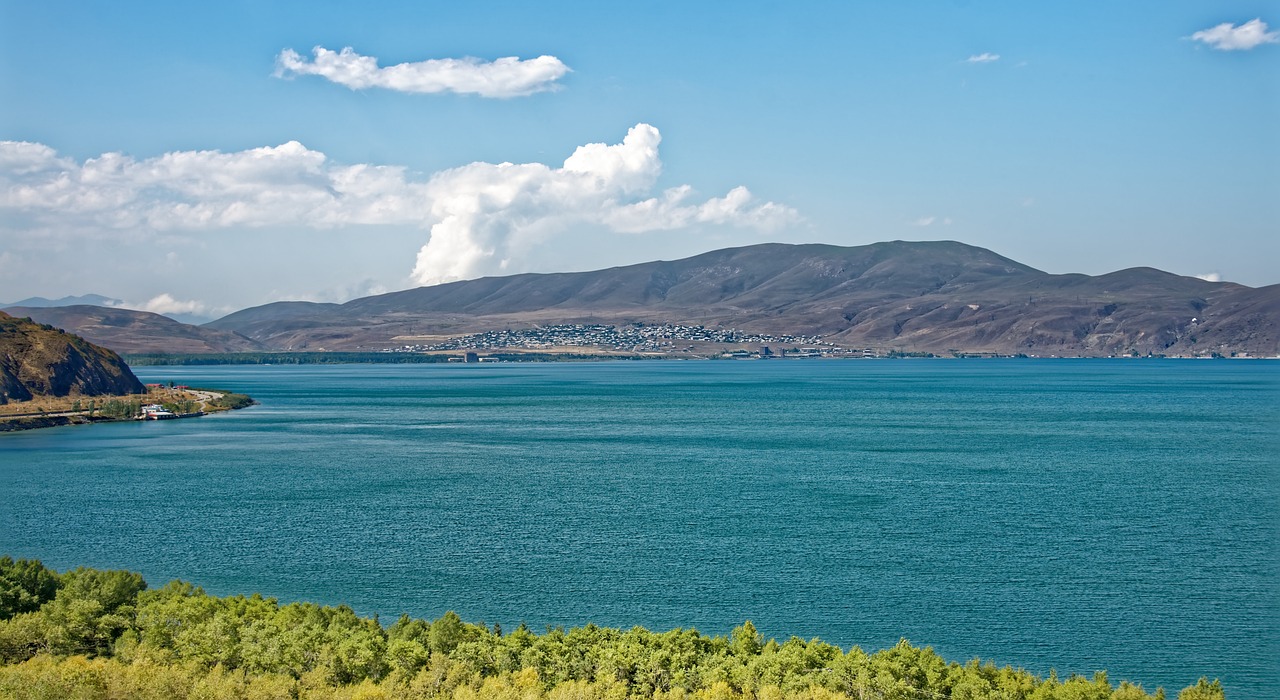
Yearly Climate
Armenia experiences four distinct seasons, with a climate that varies greatly by region and elevation. The capital, Yerevan, enjoys hot, dry summers and cold winters, while mountainous areas have cooler temperatures year-round.
- Spring (March – May): Spring brings mild temperatures and blooming landscapes. The countryside becomes lush and green, making it an ideal time for nature walks and sightseeing. Temperatures range from 12°C to 20°C in most regions.
- Summer (June – August): Summers in Armenia can be hot, especially in lower areas like Yerevan, where temperatures can rise to 35°C or higher. However, in higher-altitude regions like Lake Sevan or Dilijan, the weather remains pleasant and perfect for outdoor activities. It’s a good time to explore Armenia’s natural beauty or cool off at the lakes.
- Autumn (September – November): Fall is a favorite among many travelers. The temperatures cool down, and the landscapes are painted with golden and red hues as the trees change color. Harvest season brings local fruits like pomegranates and grapes. Average temperatures range from 15°C to 25°C.
- Winter (December – February): Winter in Armenia can be harsh, especially in mountainous areas where snow is common. Ski resorts like Tsaghkadzor open up for skiing, snowboarding, and other winter sports. Yerevan often experiences snow, with average temperatures ranging from -5°C to 5°C.
.
Best Time of Year to Visit
The ideal time to visit Armenia depends on what type of activities you enjoy. For those interested in exploring cities, history, and culture, spring (April to June) and fall (September to October) are perfect. The weather is mild, and the landscapes are vibrant. It’s a great time for sightseeing without the extreme heat of summer or the cold of winter.
For adventure seekers looking to hike or enjoy outdoor activities, summer (June to August) is best. While it can be hot in the cities, the mountains and lakes offer cooler alternatives. If you love skiing or snowboarding, winter (December to February) is ideal, particularly in the Tsaghkadzor region.
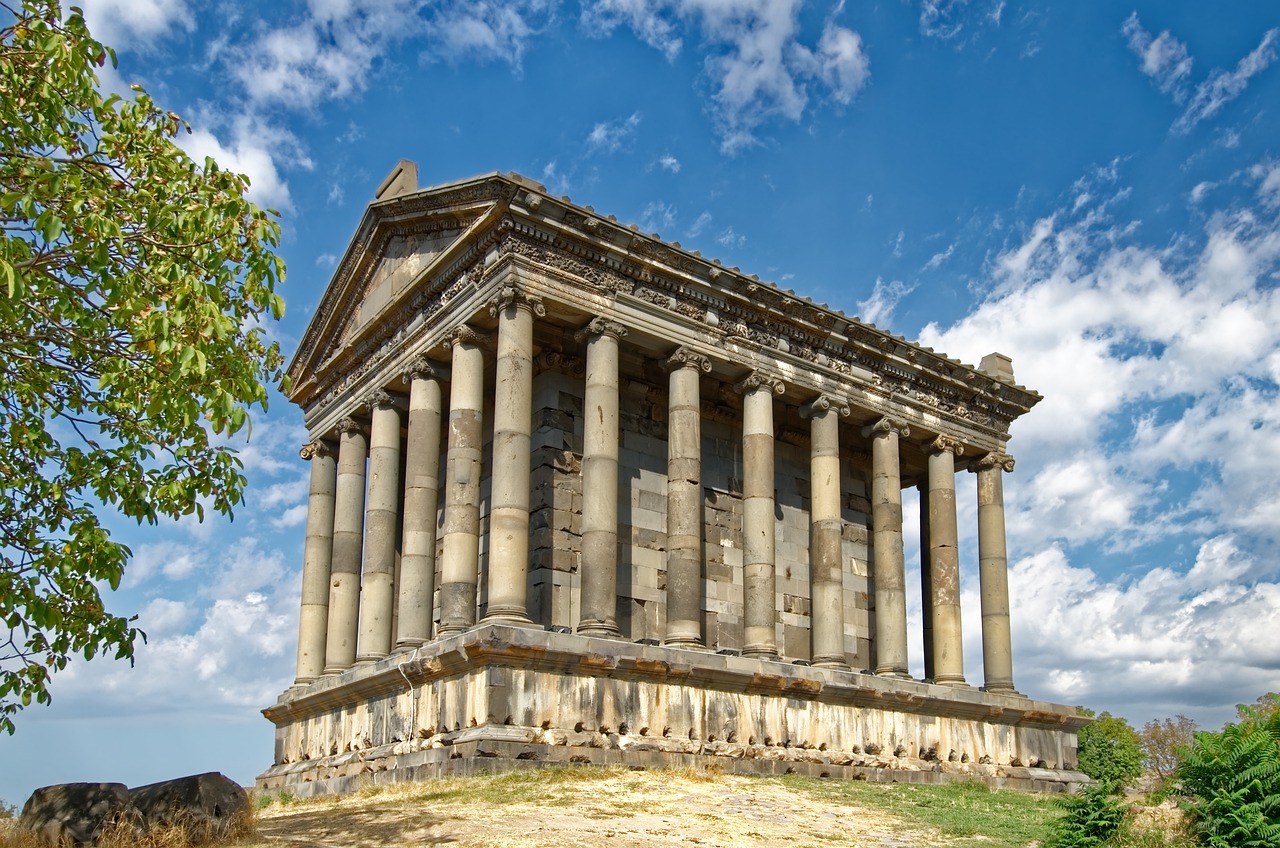
In Summary…
Armenia is a destination rich in history, culture, and natural beauty. From the ancient monasteries nestled in mountainous regions to the vibrant city life in Yerevan, there’s something for every traveler. Armenia’s geography offers diverse experiences—from hiking and skiing in the mountains to relaxing by Lake Sevan. Whether you’re drawn by its spiritual heritage, unique landscapes, or warm hospitality, Armenia is a land of discovery waiting for you.
With a mild climate in spring and fall, these seasons are the best times to explore all that Armenia has to offer. It’s an affordable destination with friendly locals, making it a great choice for travelers seeking authentic experiences in a less-visited corner of the world.

